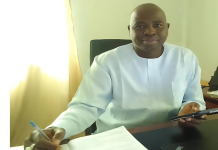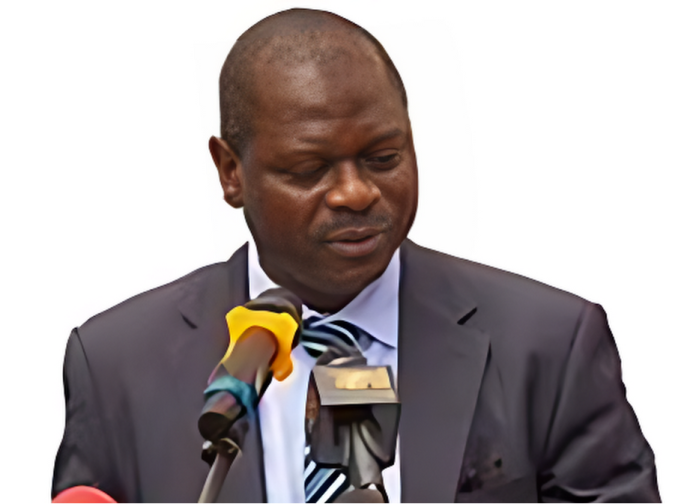By Sariba Manneh
The impact of the depreciation of the dalasi against other currencies on the debt stock of the country is a colossal 7,560 million dalasi. In short, the depreciation of the dalasi against major foregn currencies has had the effect of increasing the dalasi equivalent of the debt stock by 7,560 million dalasi.
The Minister Finance indicated this recently in response to a question posed by the Member for Upper Saloum, Hon. Alhagie Mbowe.
The member asked:
“Honourable Speaker, the depreciation of the dalasi against major foreign currencies like the United States dollar CFA (UOMA) and others is of concern. Could the Hon. Minister of Finance and Economic Affairs explain to this august Assembly, the impact this has on the government’s foreign loan portfolio and the current status of the loan portfolio?’’
Minister Keita replied that the government contracts loans in different currencies, and that so far, the Ministry has conducted an assessment to determine the depreciation impact of individual currencies on the national currency.
“As at the end of December 2023, the impact on the depreciation of the Dalasi on the foreign currency debt disposition amounted to 7.56 billion out of a total loan stock of 110 billion,” Minister Keita responded.
REASON FOR HIGH INCREASE IN DEBT STOCK
The Minister explained that the evolution of the Gambia’s debt started in 2017. The Minister identified three issues relating to increase in the debt stock. He indicated a non-visible debt which was not recorded in the system, the inheritance of the Nawec debt and implementation of projects.
According to the Minister, the new administration inherited a loan portfolio amounting to 10.8 billion dalasi, which he said was debt in the system because it was not recorded.
He told parliamentarians that these were subsequently securitised using a 30 year non-marketable bond of a 30-year period in 2018.
Regarding the NAWEC debt, he said, “The government also had an MoU to take over the liability of NAWEC, and should be given a seven year bond at market rate which was 1.7 billion, in order to be able to make debt service payments.” He added that there were confirmed debts to other parties amounting to 2.4 billion dalasi.
He said the total debt stock at the beginning of 2017 was 46 billion Dalasi, while there are the 30-year 10.8 billion dalasi bond, a NAWEC bond of 1.6 billion, a confirmed debt of 2.3 billion dalasi and foreign exchange 7.6 billion dalasi.
He said net borrowing on the new dispensation came to 41.9 billion Dalasi.
WHAT WAS THE 41.9 BILLION USED FOR?
The Minister said this debt of net borrowings were to be used to finance projects such as the new Bertil Harding Highway; phase one of the University of The Gambia; rehabilitation of Banjul International Airport; construction of the VVIP Lounge at Banjul International Airport; Gamtel’s broad band network; the port expansion project; the OMVG interconnection project; Gambia renewable energy project and the Banjul International Airport project; the Greater Banjul roads rehabilitation project and the construction of the Basse and Brikama markets, among others.
The Member then asked the following supplementary question:
“Looking at the major foreign currencies, are there any plans of controlling the flow of the CFA in the country?”
In reply the Minister said:
“We follow a liberal open market exchange rate regime, so the exchange rates are per market forces. We do not have a controlled exchange regime. We follow the market rate regime, and the exchange rate between the Gambian dalasi and other currencies are per demand and supply and market forces.”





















